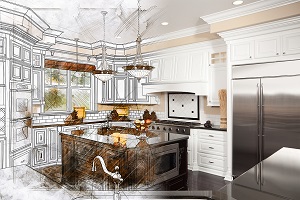
Construction Design/Build Liability Exposures The design/build model is gaining traction.Instead of dealing with a separate contractor and designer, owners can deal with a single provider.This can result in a faster, streamlined project.
At the same time, it can lead to new and increased liability exposures for the design/build provider.The Construction Industry Is Changing According to The Next Normal in Construction, a report from McKinsey, the COVID-19 pandemic is accelerating disruption in the construction industry.Construction companies are currently dealing with many changes, including digitalization, new materials, sustainability requirements and skilled worker scarcity.
Change isn’t always bad, but even when it’s positive, it can take some major adjustments.Transition periods can be especially fraught with risk exposures.As a result, liability and claims may increase.
Property Casualty 360 says that construction projects have become larger, more complex and more expensive.The stakes – and the potential losses – are also greater.Claims of certain types, including defective products and supply chain, have been on the rise.
Now, the design-build model is adding project complexity and claims risk.The Design-Build Model Is Growing DBIA market study projects that design-build construction spending will grow by 18% between 2018 and 2021.By 2018, these projects are expected to be worth $320 billion, representing 44% of construction spending.
According to Property Casualty 360, this represents an important evolution in the construction market.As more and more contractors embrace in-house design services, their liability exposures are changing.Insurance coverage and risk management strategies need to keep up.
Contracts Should Be Ironclad In the design-build model, responsibilities that are typically very distinct and definable can become somewhat murky.If something goes wrong, this can become an issue.The Construction Business Owner says that this is why fair and balanced contractual agreements are necessary.
Standard forms from the American Institute of Architects, the Engineers Joint Contract Documents Committee and the DBIA can provide a good starting point but should be revised as needed to be consistent with other contracts in place.Takeaways for Design-Build Contractors
Contact us to learn more
Publisher: Normal for Business








